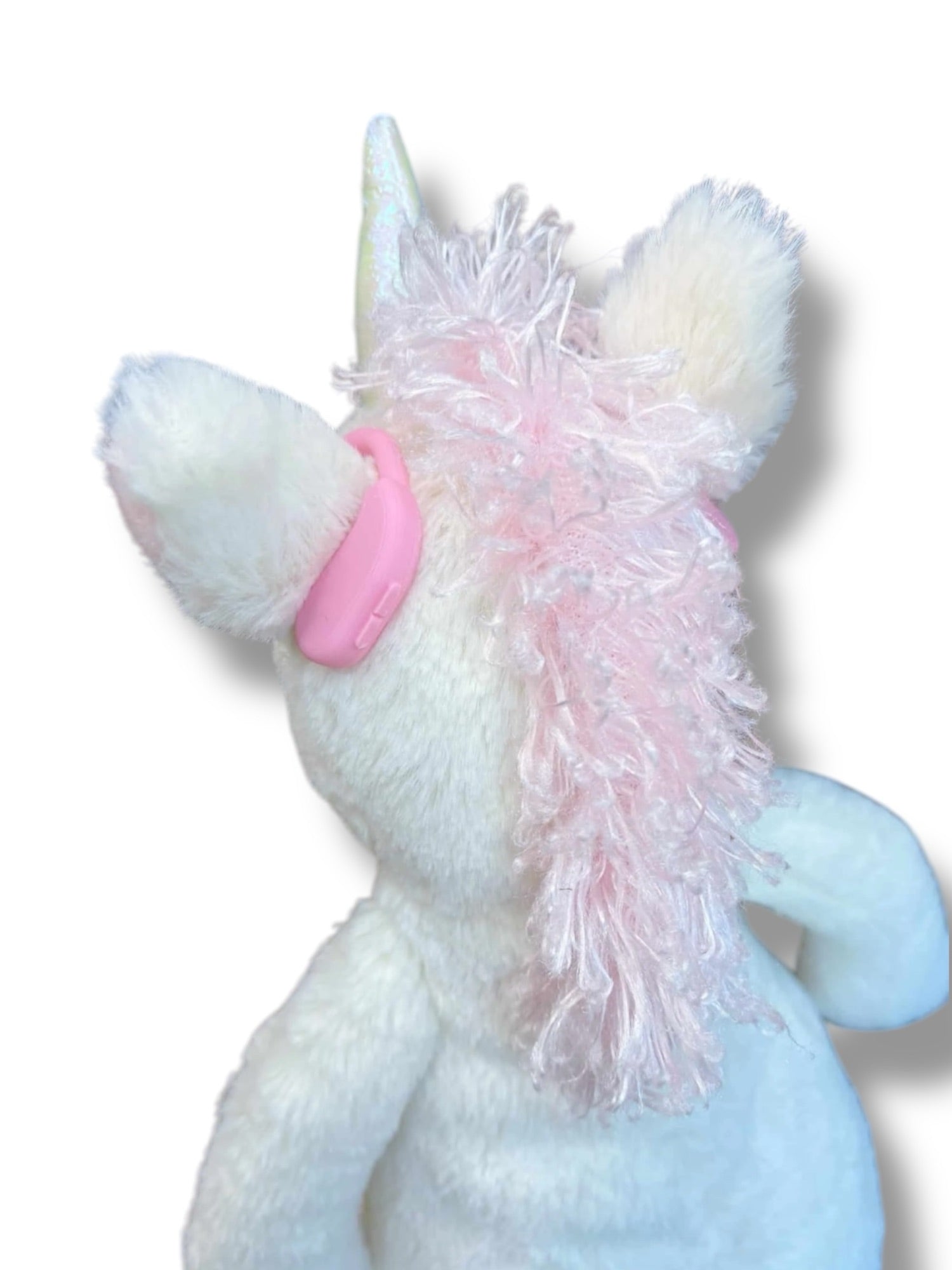A Guide to Play Therapy: Using Toy Medical Devices to Support Your Child’s Emotional Well-being
As parents, we constantly strive to provide the best care and support for our children, especially when they face emotional challenges. Play therapy, a therapeutic approach that utilizes play to help children express their thoughts and emotions, can be a valuable tool in promoting their emotional well-being.
By incorporating our mini medical toys into playtime, parents can create a safe and supportive environment for their children to explore, process, and communicate their feelings effectively.
- Understanding Play Therapy:
Play therapy is a form of therapy that allows children to express themselves, work through emotional difficulties, and develop new coping strategies through play. It provides a non-threatening medium for children to communicate their thoughts, emotions, and experiences, even when they struggle to express them verbally. The use of toy medical devices in play therapy can be particularly effective, as it allows children to explore their feelings surrounding medical experiences, hospital visits, or fears related to healthcare. - Creating a Safe and Supportive Environment:
To engage in play therapy using toy medical devices, it is crucial to create a safe and supportive environment for your child. Here are some key steps to consider:
a) Set the Stage: Choose a comfortable and quiet space for play therapy sessions. Ensure there are minimal distractions and that your child feels secure and relaxed.
b) Establish Trust: Build trust with your child by actively listening, validating their emotions, and maintaining a non-judgmental attitude. This creates a safe space for them to express themselves freely.
c) Introduce the Toy Medical Devices: Introduce the toy medical devices gradually, explaining their purpose and how they can be used in the play therapy process. Encourage your child to explore and interact with the toys at their own pace.
d) Encourage Open-ended Play: Rather than directing the play, allow your child to take the lead. This enables them to express their emotions and experiences in a way that feels most comfortable to them.
- Facilitating Play Therapy Sessions:
During play therapy sessions, parents can actively participate and support their child’s emotional exploration. Here are some strategies to consider:
a) Reflective Listening: Practice reflective listening by paraphrasing and summarizing your child’s words and actions. This demonstrates that you are attuned to their feelings and encourages further expression.
b) Narrate the Play: As your child engages with the toy medical devices, narrate what you observe. This helps your child connect their emotions and experiences with their play, promoting self-awareness and insight.
c) Ask Open-ended Questions: Prompt your child with open-ended questions that encourage them to express their thoughts and feelings. For example, you could ask, “How does it feel to be the doctor?” or “Why do you think the teddy bear needs a check-up?”
d) Express Empathy: Show empathy and understanding towards your child’s emotions and experiences. Let them know that their feelings are valid and that you are there to support them through the play therapy process.
- Processing and Closure:
After the play therapy session, it is important to process the experience with your child and provide closure. Here are some suggestions:
a) Reflect and Discuss: Take a few moments to reflect on the play therapy session together. Ask your child about their thoughts and feelings during the play and discuss any insights or discoveries that emerged.
b) Validate and Normalize: Validate your child’s emotions and experiences, emphasizing that it is okay to feel the way they do. Normalize their feelings and provide reassurance that they are not alone in their struggles.
c) Offer Support: Let your child know that you are there to support them throughout their emotional journey. Encourage them to express their feelings openly and ask for help when needed.
Engaging in play therapy using toy medical devices can be a powerful way for parents to support their child’s emotional well-being. By creating a safe and supportive environment, parents can help their children explore and process their emotions surrounding medical experiences. Through open-ended play, reflective listening, and empathetic communication, parents can actively participate in their child’s play therapy sessions and foster a deeper understanding of their emotions.
Remember, play therapy is a gradual and ongoing process, so be patient and flexible. With your loving presence and the aid of toy medical devices, you can assist your child in navigating their emotions and building resilience for a brighter future.
